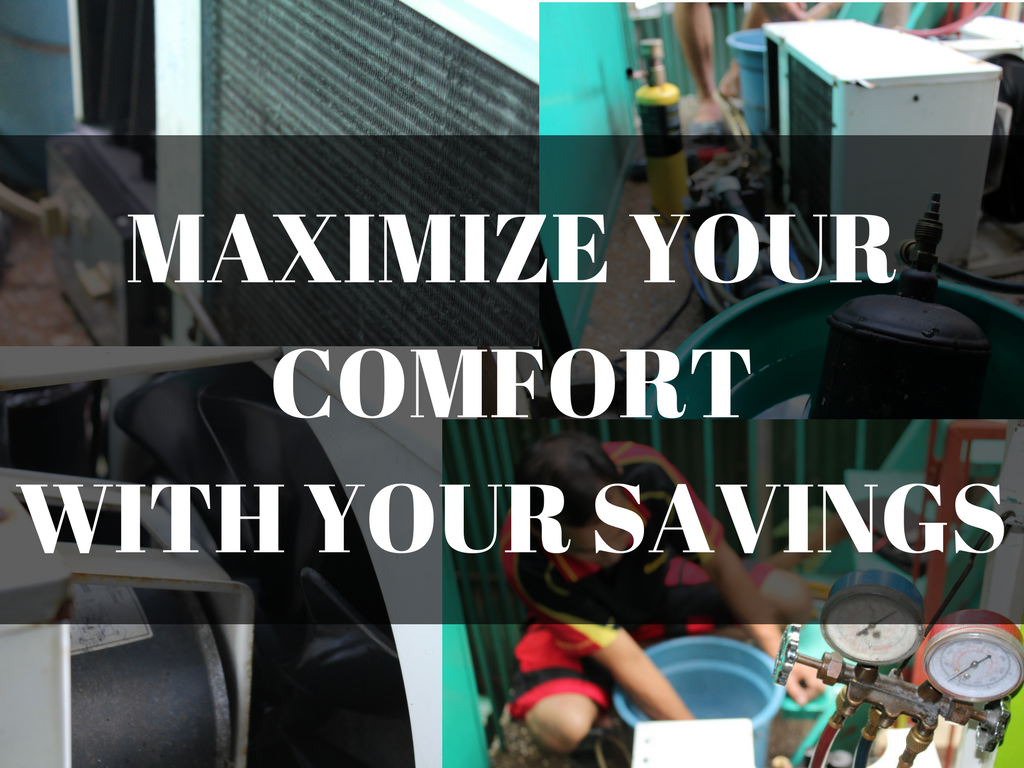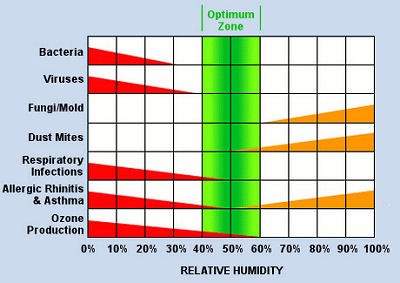Let me share with you some counterintuitive air conditioning tips that help us reduce our electric bills.

[Image by: @j-alhomestudio]
Introduction
Air conditioners are power-hungry due to the fact that it takes a powerful motor to compress the refrigerant to a high pressure (even turning gas into a liquid), release heat outside the room, then release the pressure and absorb heat in the air-conditioned area. The compressor circulates refrigerant gas within a closed loop with a great pressure difference between the cooling surfaces in the room and the heat-radiating surfaces outside. -This is a tough job which requires relatively more power than many other household appliances.
If you have a very efficient air conditioner like a split-type inverter AC, some of these tips may not be applicable but the "quick leak test" is still relevant. If you're using simple window-type ACs like me, please try applying these tips on top of those commonly shared over the web.
Get to know your AC
Once you start using an air conditioner, whether it's a new or a used one, you want to familiarize yourself with the way it works. No, it's not what you see in the manual. It's deeper and more complex than that. -But I'll try to make it simple. Basically, for a non-inverter type AC, you want to be familiar with the sound of the compressor and observe for how long it runs in each cycle. Please watch the video:
'Play' with your thermostat knob.
Not Mr.Bean-style okay? To have an idea of what settings will work for you, start with the lowest setting (highest temperature). If it doesn't turn the compressor on within 1-2 minutes and you don't hear it buzz/hum, gradually turn up the dial until you possibly hear a click, then a hum (until it triggers the compressor). - Now, you're in the ballpark. If your thermostat is not consistent and accurate (possibly affected by variations in atmospheric pressure), you will find it necessary to adjust it every now and then. -But starting with the lowest or near the lowest setting is far more efficient and costs less energy than starting with a medium or high setting.
If you decide to use your AC in relatively cool weather, set the thermostat to a relatively higher number or cooler temperature setting (yes, it's counterintuitive, since we have a low starting temperature). Setting it to a warmer temperature won't make the compressor run at all in cool weather, making it just like an electric fan aimed at the ceiling or the opposite wall. That's why I listen to the compressor and gradually turn up the knob until it runs, in order to find a good starting point. This allows me to set the thermostat to the highest comfortable temperature without too much trial-and-error.
Use a Thermometer.
[Image by: @j-alhomestudio]
-This is the usual temperature here at noon time. Setting the AC to cool your room from 31°C down to 25°C will consume a crazy amount of electricity! Hence, always cooling the room to a specific temperature (even with an accurate digital thermostat) is not the most energy-efficient approach.
There are four factors of comfort that you want to consider:
Temperature
The temperature difference between the outside and inside matters. We want to keep that difference as small as possible, particularly in areas where the AC circulates air, both inside and outside the room. You don't necessarily have to measure the temperature outside (though it can give you an idea on how good of an insulation your room has). Ideally, you want to make sure the back of your window AC is away from direct sunlight.
[Image by: @j-alhomestudio]
An awning like this provides protection from the elements and reduces the amount of sunlight hitting the AC. Also, It doesn't obstruct the air flow at all.
As you have seen in the video, I checked the starting temperature inside the room (28 °C) and set the target temperature to 27 °C. -It's only a single degree difference but since it's a warm day, the compressor of my 0.6 horsepower window AC has to run long enough just to lower the temperature by a single degree. As a result, it reduces the humidity to a comfortable level (where it feels cool even at a relatively high temperature).
Whenever we hit temperatures upwards of 30 °C, the 0.6 HP will struggle to cool both the studio and the bedroom. I will need to turn on the bigger 1HP in the bedroom and close the door in between to cool each room independently. Keeping track of the temperature in each room with a thermometer is extremely helpful especially with an undersized AC. That way, I know when it's better to use 2 ACs instead of putting all the cooling load on one. Setting the thermostat to a temperature beyond the AC's cooling capacity will keep the compressor running indefinitely, consuming a lot of electricity.
Humidity
If the humidity is higher than 60%, you might feel 'sticky' or your skin feels oily. This means there is too much moisture in the air that sweat can't vaporize quickly. This is our natural body cooling system not working optimally. If the humidity is too low (less than 40%), your skin, eyes and air passages might feel itchy/irritated. Your eyes might feel like 'burning' or even watery as it compensates for the dryness of the eyeballs. Humidity is perhaps the next most important factor for comfort, after temperature.
If the room temperature is not that warm but you need to keep the windows closed, moisture from your breath, and from any other sources (like an aquarium) will accumulate in the room, eventually making you feel warm. -This is when you want to use a ventilator/exhaust fan or turn on your air conditioner in cool weather. Factoring humidity in, a relatively low temperature with high humidity might feel warm. This is the kind of situation where you want to use a lower temperature setting and a LOW fan speed. A low fan setting circulates air slowly and allows more moisture to accumulate on the AC's cooling surfaces and drip outside.
Air movement
Air movement also helps sweat vaporize quickly and it blows off the layer of warm air which accumulates on our skin when we're idle. It's also called "wind chill factor". Air conditioners provide some air movement but we don’t want cooled air directly hitting us. Sometimes, it makes sense to turn on the electric fan to help the AC. With only the AC turned on at the highest comfortable temperature, lack of air movement can make you feel warm. On the other hand, using only a fan doesn't give you any temperature and humidity control. If the temperature eventually rises and the room gets saturated with moisture, all you get is circulating warm, moist air. - That's not cool, literally! You can use an exhaust fan to get rid of the moist air along with your ceiling fan, for example, but my preferred solution is to begin by setting the AC thermostat to barely trigger the compressor, allowing only short runs.
[GIF by: @j-alhomestudio]
Our wall fan helps with the cooling job with some air movement and if for some reason, the temperature in the room gets higher while we're sleeping, the AC thermostat senses it and starts to run the compressor for a longer time. One of the advantages of using the AC is it allows you to keep the windows closed, preventing dust and noise from entering the room.
Remember to turn off ventilators/exhaust fans when the AC is on. They, or course, expel cool air outside, wasting energy.
Mean Radiant Temperature
This factor is easy to ignore but the more heat sources there are, the less comfortable we become and the harder the AC has to work. Warm surfaces radiate heat which you can feel even with cool air in between. Radiant heat is similar to sunlight in that it can make you feel warm without you touching the source of heat.
You want to keep as few heat sources in the room as possible. I used to work in our bedroom with the UPS and PC outside, in the living room. I used extension cables and a set of wireless keyboard and mouse. The PC I use has a pretty good cooling system customized for non-air conditioned environments so I decided to let it radiate its heat outside. It's a huge energy savings!
Use LED lights instead of sunlight.
Sometimes, radiant heat coming from a window (as seen in the video) offsets any savings we get from keeping the lights off. Whenever the AC is on, I prefer to keep the drapes extended to cover about 90% of the window, allowing only a little daylight to penetrate. I use indoor (LED) lights if I have to, instead of allowing too much sunlight in and put some extra load on the AC.
[Image by: @j-alhomestudio]
Test the room for leaks
I lined the door jamb with foam many years ago and it still provides considerable sound and heat insulation. It keeps cool air from leaking out and warm air from leaking in.
Here's a quick way to test for any major air leak. Close all windows and any other doors, then try banging the door shut. Without any spring or you pulling/pushing it continuously, the door will not close completely even at high velocity if there's no way for air to rush out or in. A large door in an average room pushes a considerable amount of air so, if there's no open window and no major leak, it's not easy to swing the door shut. It just won't close by itself as if there's an air cushion stopping it. Then, if you try doing the same with a window open, you'll find it much easier to swing the door shut with a "bang".
Summary
Having discussed the cooling principles, let's now summarize the 7 unusual tips:
- Get to know your AC more and understand its basic working principles.
- Adjust your thermostat settings to find the optimal one for every kind of weather/season.
- Use a thermometer and keep the target temperature as close to your starting temperature as you comfortably can. In other words, the hotter the summer is, the "lower" the thermostat setting you want to use (a higher target temperature at a high fan speed setting).
- Use a low fan and a relatively lower temperature setting on your AC if the starting temperature is not that high, in order to effectively reduce air moisture.
- Keep your desktop PC CPU outside the room and just wire (or wirelessly connect) your display, keyboard and peripherals into the air-conditioned room if possible.
- Test the room for any major leaks by trying to bang the door shut with any other door and all windows already closed. The air pressure difference should keep the door from closing too quickly.
- Use LED lights even at daytime if you have to. Letting in too much warm sunlight can waste energy through your AC and offset your savings for lighting.
Here are the common tips I have also mentioned:
Use ventilators only if you have to.
Use an electric fan to make you feel cool, allowing for a higher temperature setting on your AC.
Protect the outside part/unit of your AC from the elements, especially direct sunlight.
Remove as many sources of heat and moisture from your room as you can.
References
The 4 Factors of Comfort
Low humidity and its effect on our eyes
Thanks for reading/viewing!
[Credits to the Author of Life]
Please consider casting your votes for the following witnesses: @curie, @surpassinggoogle, @steemgigs, @precise, @cloh76.witness, @ausbitbank, @teamsteem, @gmuxx, @hiroyamagishi, @elizahfhaye, @bayanihan, @papa-pepper, @steemph, @daveks, @jerrybanfield, @teardrops, @donkeypong, @davidpakman, @minnowsupport, @themarkymark, @blocktrades and @sndbox who have been adding invaluable contribution to the community.
To cast your votes, just go to
https://steemit.com/~witnesses



Please stay tuned for my favorite photos and the lessons I learned behind the scenes.

Gaping holes really have to be fixed. Even the space under doors, or you might hear the AC humming loudly for as long as you keep it on.
Downvoting a post can decrease pending rewards and make it less visible. Common reasons:
Submit
I will surely try it, i will save $$$$ for that. Thanks.
Downvoting a post can decrease pending rewards and make it less visible. Common reasons:
Submit
Thanks for the tip.
Downvoting a post can decrease pending rewards and make it less visible. Common reasons:
Submit
Resteemed by @resteembot! Good Luck!
Curious? Read @resteembot's introduction post
Check out the great posts I already resteemed.
ResteemBot's Maker is Looking for Work
Downvoting a post can decrease pending rewards and make it less visible. Common reasons:
Submit